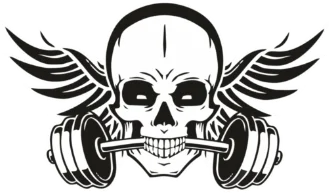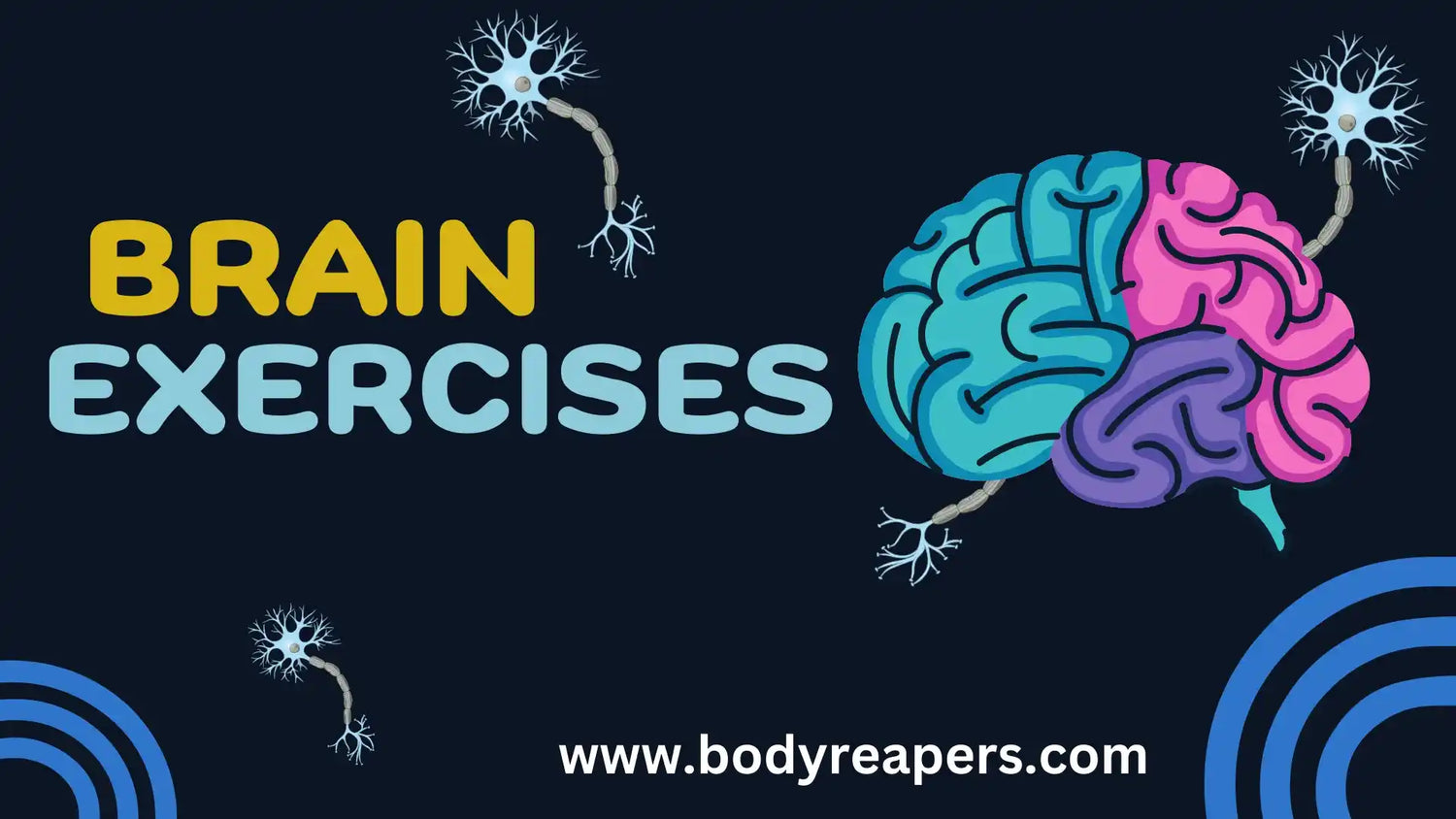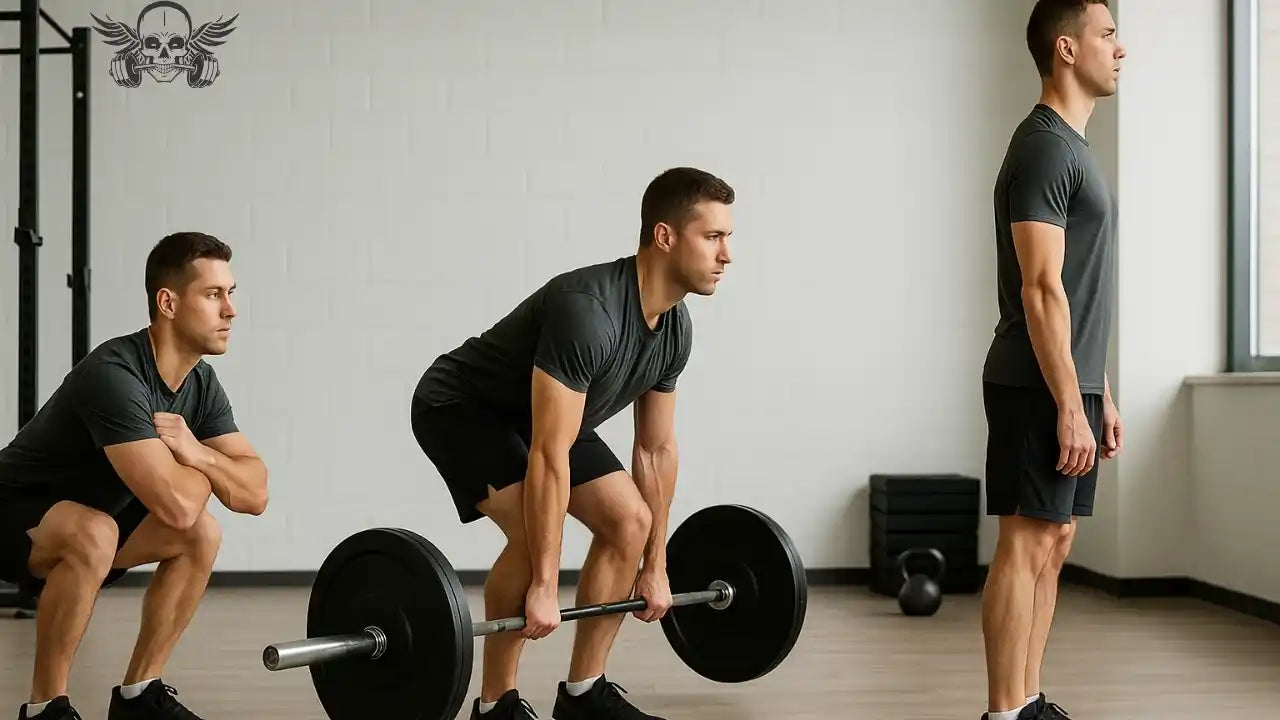Why Exercise is the Brain's Best Friend
Stronger muscles, losing weight, and better heart health are some of the first things that come to mind for most people when exercise is mentioned. However, this is something that many people often overlook: the brain is one of the biggest beneficiaries of physical activity.
In my years of working as an Exercise Psychologist and Mental Health Coach, I have seen clients build their physical strength, as well as their memory, focus, sleep, and emotional resilience from the simplest exercise routines. Regular exercise stimulates neuroplasticity (the brain's ability to adapt and grow), increases blood flow and oxygen supply, and promotes the release of BDNF (Brain-Derived Neurotrophic Factor), which helps neurons form new connections.
So, let's dive into the top 5 exercises for brain health. Backed by research, real-life stories, and practical tips you can start today.
1. Aerobic Exercise (Walking, Jogging, Cycling)
Why it works:
Anything that gets your heart pumping are powerful for the brain. They increase oxygen-rich blood flow, improve mood-regulating chemicals like serotonin, and stimulate growth in the hippocampus (the memory centre).
Case Study:
Harvard Medical School researchers found that older adults who walked briskly for 40 minutes, three times per week, actually reversed age-related brain shrinkage in the hippocampus by 2%.
Tips for Beginners:
- Start with a 20–30 minute brisk walk daily.
- If you enjoy variety, swap walking for cycling, swimming, or hiking.
- Make it a two-for-one by pairing your cardio with an audiobook or podcast.
2. Strength Training: Building More Than Muscles
With lifting weights or other exercises, you are doing a different level of challenge. Every rep is about focus, control, and going through the pain. While you are building up your physical prowess, you are also conditioning your mind not to lose focus in pressure situations. But strength training magic occurs in its demand for consistency and patience.
Results take time. Over time this persistence builds not just muscle but mental fortitude.
Track your lifts in a journal or an app. Seeing your progress, whether it's one more push-up or lifting a few extra pounds, fuels confidence. Reward yourself after milestone sessions with something positive, like a healthy meal or a relaxing stretch session.
Using the right support goes a long way in building strength and brain power. Whether you need a durable lifting belt, resistance bands, or recovery gear, BodyReapers has everything you need to train smarter, safer and with more assurance.
Prepare yourself today by logging your workouts and increasing your efficiency for both body and mind.
Explore More: 5 Best Exercises for Beginners at Home
3. Yoga & Mind-Body Exercises
By combining movement, breath, and mindfulness, yoga decreases stress & improves focus, memory, & emotional regulation. Cortisol (the stress hormone) drops, and GABA rises, calming the nervous system.
Participants in the study experienced longer attention spans, less anxiety, and greater emotional control after practising yoga for 8 weeks, according to the National Institutes of Health.
Tips for Beginners:
- Begin with yoga 10–15 minutes per day.
- The Tree Pose, Warrior II, and Downward Dog are some basic poses that help in balancing, stabilisation, and focus.
Yoga is most effective when combined with meditation or breathing exercises.
4. High-Intensity Interval Training (HIIT)
Why it works:
HIIT alternates between intense effort and recovery periods (e.g., sprinting for 20 seconds, walking for 40 seconds). This type of training supercharges brain chemicals, such as dopamine and norepinephrine, thereby improving focus, motivation, and reaction time.
HIIT is similar to a mental boot camp. The activity of short intervals followed by short rests requires focus, the willingness to suffer and energy.
You are teaching your mind to cope, adapt, and recover every time you decide to muscle through those 20 seconds of maximum effort. HIIT is also an ideal partner for tight schedules, a lot in a small amount of time.
Motivation Tip:
HIIT not only challenges the body, but it is also a test of the mind. There is chi flowing through each interval, and therein lies the opportunity to practice resilience. When you feel like giving up, tell yourself: "This is yet another way I strengthen my mind."
5. Dance: Joyful Movement for a Flexible Mind
Dance is an exercise in disguise. There is joy from the music, rhythm, and movement, but on the other side of the stage, your brain is functioning at full capacity. Dancing forces your mind to coordinate steps, remember sequences, and adapt to rhythm, all while lifting your mood.
The uniqueness of dance only lies in the magic of emotion. Then you are not just moving, but you are expressing. The linking of movement with emotion is embedded in why dance is one of the most effective brain-balancing and creativity exercises.
Don't worry about "getting it right." Just play your favourite song and move to the rhythm. If you prefer structure, join a Zumba or salsa class, or follow a YouTube tutorial.
Embracing the Challenge
Here's the secret: it's not always about doing the exercises you love. Sometimes, the most significant benefits to your brain come from the workouts you resist. Running that hill, finishing those last squats, or holding that yoga pose just a bit longer—they teach your brain resilience.
When you embrace discomfort, you're activating the very circuits that strengthen focus, willpower, and grit. Each moment of challenge becomes an investment in your mental Toughness.
FAQs
1. What is the quickest start exercise for brain health?
Walking. That is simple, has open access, and is powerful.
2. How long before I notice changes?
Mood shifts can happen after one session. Focus and memory improvements typically occur after 6 to 8 weeks of consistent use.
3. Is one type of exercise enough?
Variety is best. Add a little cardio, strength, and mindful movement, and you've got yourself an all-purpose brain booster.
4. What if I don't enjoy exercise?
Start small. Instead, a focus should be given to accessible movement. Slowly but surely, you will start having a good relationship with the effort itself.
Move Your Body, Transform Your Mind
Your brain cyou'llmovement. Whether you're walking through the park, lifting weights, practising yoga, sweating in HIIT, or dancing to your favouryou'resic, each session rewires your mind to be sharper, calmer, and more resilient.
Now is the best time to begin 10 minutes outlook. Choose an exercise from the list, and let your whole self get into it (not just your body, but also your mind).
Related Article: Gym Workouts for Mental Health: Boost Mood, Focus & Resilience





Leave a comment
This site is protected by hCaptcha and the hCaptcha Privacy Policy and Terms of Service apply.